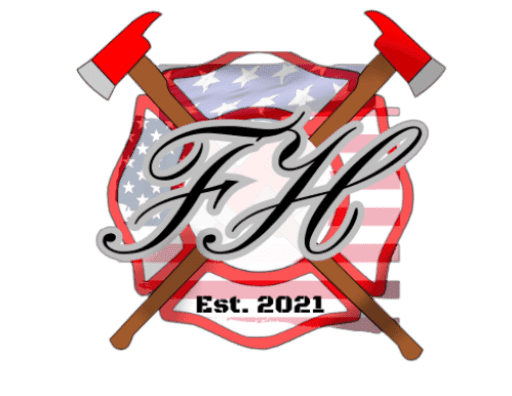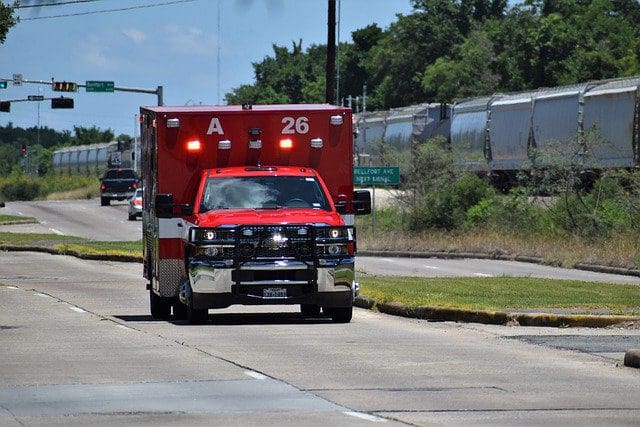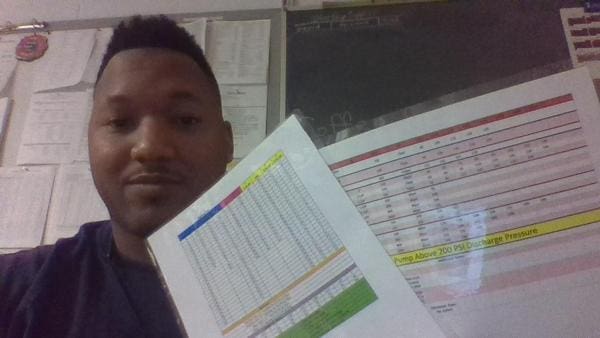How to pass the driver/operator pumper written exam
Finally passed your firefighter 1 course, passed the firefighter 1 written exam as well as the practical and you feel good. Now you are getting ready to take your driver operator course. Most people will also take firefighter 2 before they begin their driver operator courses ( pumper & aerial). This is the way I went about obtaining my certifications, I obtained my driver operator certifications before I got my firefighter 2.
So how do you pass your driver operator pumper course?
You need to make sure you review the following topics:
- History of the fire service
- History of hand pumps
- History of ladders
- History of pumpers
- Water distribution systems
- Available water flow in fire hydrants according to color code
- Pumping formulas
- CDL air brakes
- CDL tanker
- CDL General knowledge
Making sure you review these topics will set you on the right path to pass.
What Does This Certification Do
This certification allows you to safely drive a fire engine as well as safely operate the fire pump without cavitation the pump or water main. Since fire trucks and engines are large vehicles that would typically require the driver to have a CDL, at least in Wisconsin, it is not required. The reason it is not required is because driver operators working for fire departments are exempt from needing to obtain it. Although the CDL is not required, you are required to obtain a CDL learner’s permit with air brakes and tanker endorsements, in order to take any driver/operator course.
What Will You Learn
As what was already summarized, there is a lot that you will learn. The driver operator literally has one of the most important jobs aside from being the incident commander on a fire scene. The driver operator provides interior firefighters with water, and if they lose that water flow, the fire and hot gasses can literally kill them.
Further in this article I will briefly touch on some things that go into pumping operations. Some things you will take into account is exactly how much pressure in PSI (lbs per square inch) that a hoseline needs to overcome elevation corners and the friction from the inside of the hose.
Down below I will provide you with a fire pump chart that I personally use.
Driving Basics
Some things that this certification will require you to do is drive. You will need to drive over the road including highways for practice and as part of the state exam, this is why the CDL permit is required.
NPFA 1002 details the requirements for a driver operator. Some of those things include a serpentine course. It will for sure take some practice driving such a long vehicle, but it is necessary to be able to pass your exam.
One thing that some people forget about when driving an apparatus is that they use air brakes. Knowing that using mostly your brakes going downhill can and will cause them to overheat and fail can save your life, those in your crew and on the road.
*Fun fact* For those of you who are not CDL holders or have never driven an air brake equipped vehicle, you have to keep a sharp eye on your total air in the brake system.
Once the air in the braking system falls below around 60psi, a low air alarm will start to go off. If this goes uncorrected, the braking system will automatically engage the parking brake even if you are driving on the highway.
Pumping Basics
There is so much that goes into pumping that it cannot all be covered in this post alone. There are formulas that are commonly used on the fireground to figure out.
Common Formulas
| Head Pressure (HP) | H / 2.31 |
| Gallons Per Minute (GPM) | 29.7 x d2 x sqrt of nozzle pressure (NP) |
| Nozzle Reaction (Combination Nozzle) | 1.57 x d2 x NP |
| Nozzle Reaction (Smooth bore Nozzle) | 0.0505 x Q(quantity) x sqrt of NP |
| Friction Loss (FL) | C x Q2 x L |
| Appliance Loss (AL) | 10 psi (if gpm > 350) |
| Pump Discharge Pressure (PDP) | NP + TPL (total pressure loss) |
Pump Chart
Here’s a fire pump chart that I use regularly. (This chart is limited to 300psi, you can grab a free copy of our full pump chart as well as a 2nd pump chart including smooth bore nozzle calculations at here)
| GPM | 1 ½ “ per 100 ft | 1 ¾ “ per 100 ft | 2 ½ “ per 100 ft | GPM | (2)2 ½ “ per 100 ft | 3” per 100 ft | GPM | 4” per 100 ft | 5” per 100 ft |
| 60 | 8.6 | 5.9 | 525 | 13.8 | 18.7 | 500 | 4.8 | 1.7 | |
| 80 | 15.4 | 9.9 | 0.7 | 550 | 15.1 | 20.5 | 525 | 2.9 | 1.8 |
| 100 | 24 | 15.5 | 2 | 575 | 16.5 | 22.4 | 550 | 5.8 | 2 |
| 110 | 29.3 | 18.9 | 2.4 | 600 | 18 | 24.4 | 575 | 6.3 | 2.2 |
| 120 | 34.6 | 22.3 | 2.9 | 625 | 19.5 | 26.4 | 600 | 6.8 | 2.4 |
| 130 | 40.4 | 26.2 | 3.4 | 650 | 21.1 | 28.6 | 625 | 7.4 | 2.6 |
| 140 | 47 | 30.4 | 3.9 | 675 | 22.8 | 30.8 | 650 | 8 | 2.8 |
| 150 | 54.2 | 35 | 4.5 | 700 | 24.5 | 33.2 | 675 | 8.7 | 3 |
| 160 | 61.4 | 39.7 | 5.1 | 725 | 26.3 | 35.6 | 700 | 9.3 | 3.2 |
| 170 | 69.6 | 44.9 | 5.8 | 750 | 28.1 | 38.1 | 725 | 10 | 3.5 |
| 180 | 77.8 | 50.2 | 6.5 | 775 | 30 | 40.1 | 750 | 10.7 | 3.7 |
| 190 | 86.9 | 56.1 | 7.25 | 800 | 32 | 43.3 | 775 | 11.4 | 4 |
| 200 | 96 | 62 | 8 | 825 | 34 | 46.1 | 800 | 12.2 | 4.2 |
| 220 | 75 | 9.7 | 850 | 36.1 | 48.9 | 825 | 12.9 | 4.5 | |
| 240 | 89.3 | 11.5 | 875 | 38.3 | 51.8 | 850 | 13.7 | 4.8 | |
| 250 | 96.9 | 12.5 | 900 | 40.5 | 54.8 | 875 | 14.6 | 5.1 | |
| 260 | 13.5 | 1000 | 50 | 67.7 | 900 | 15.4 | 5.4 | ||
| 280 | 15.7 | 1100 | 60.5 | 81.9 | 925 | 16.3 | 5.7 | ||
| 300 | 18 | 950 | 17.2 | 6 |
Conclusion
Although this post covered only the written portion of the test, everything you learned from the book is something you will need to physically demonstrate. Setting up the truck and placing it into pump mode. Flowing water from the hydrant to the pump, and pump water without running out of water, or cavitating Be sure to go through your book, utilize flashcards, and relax.
If you want to a free copy of our pump charts, click here!









Greetings from Idaho! I’m bored to death at work so I decided to
browse your website on my iphone during lunch break.
I enjoy the info you provide here and can’t wait
to take a look when I get home. I’m shocked at how quick your blog loaded on my phone ..
I’m not even using WIFI, just 3G .. Anyways, wonderful site!
Thank you very much for your words!